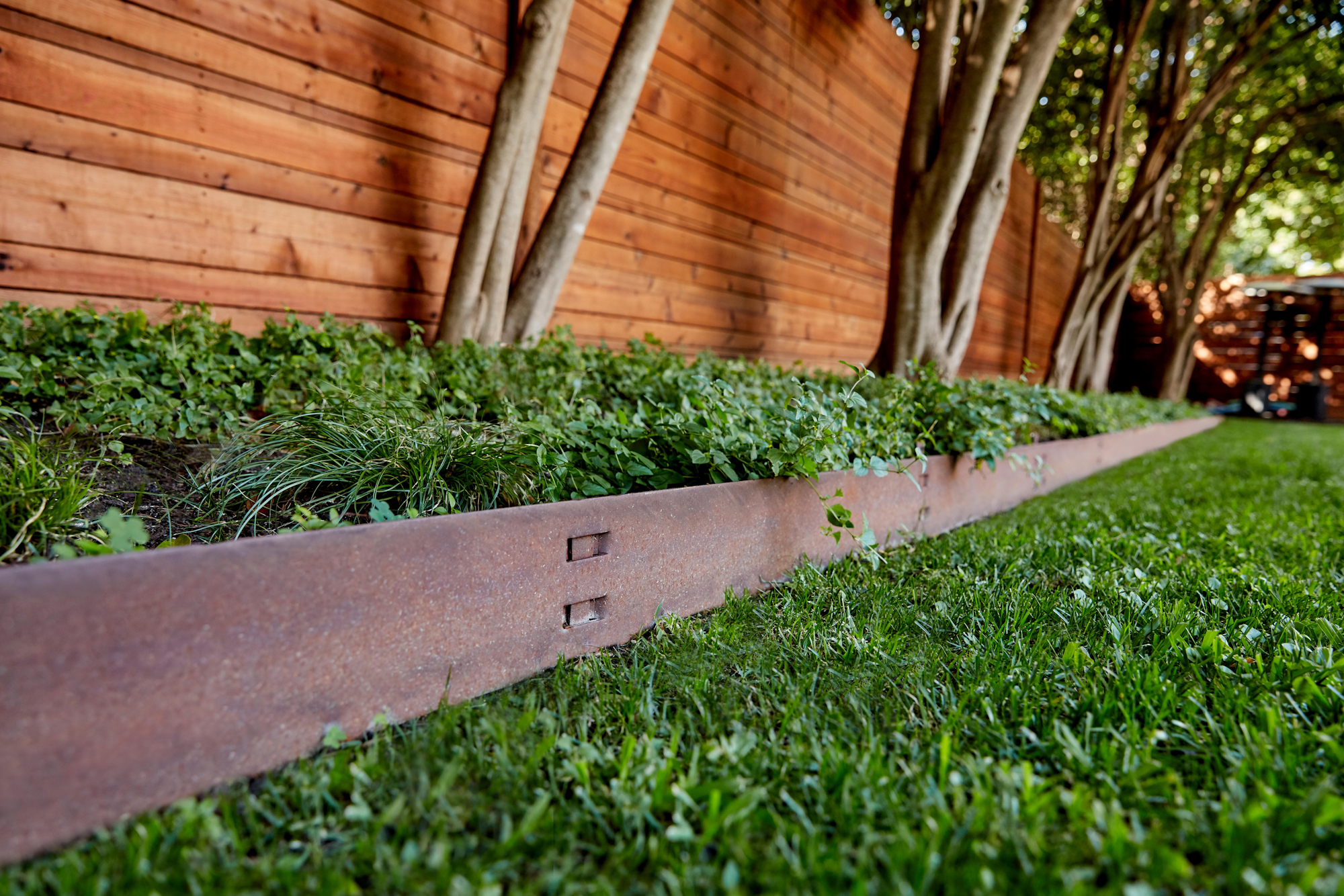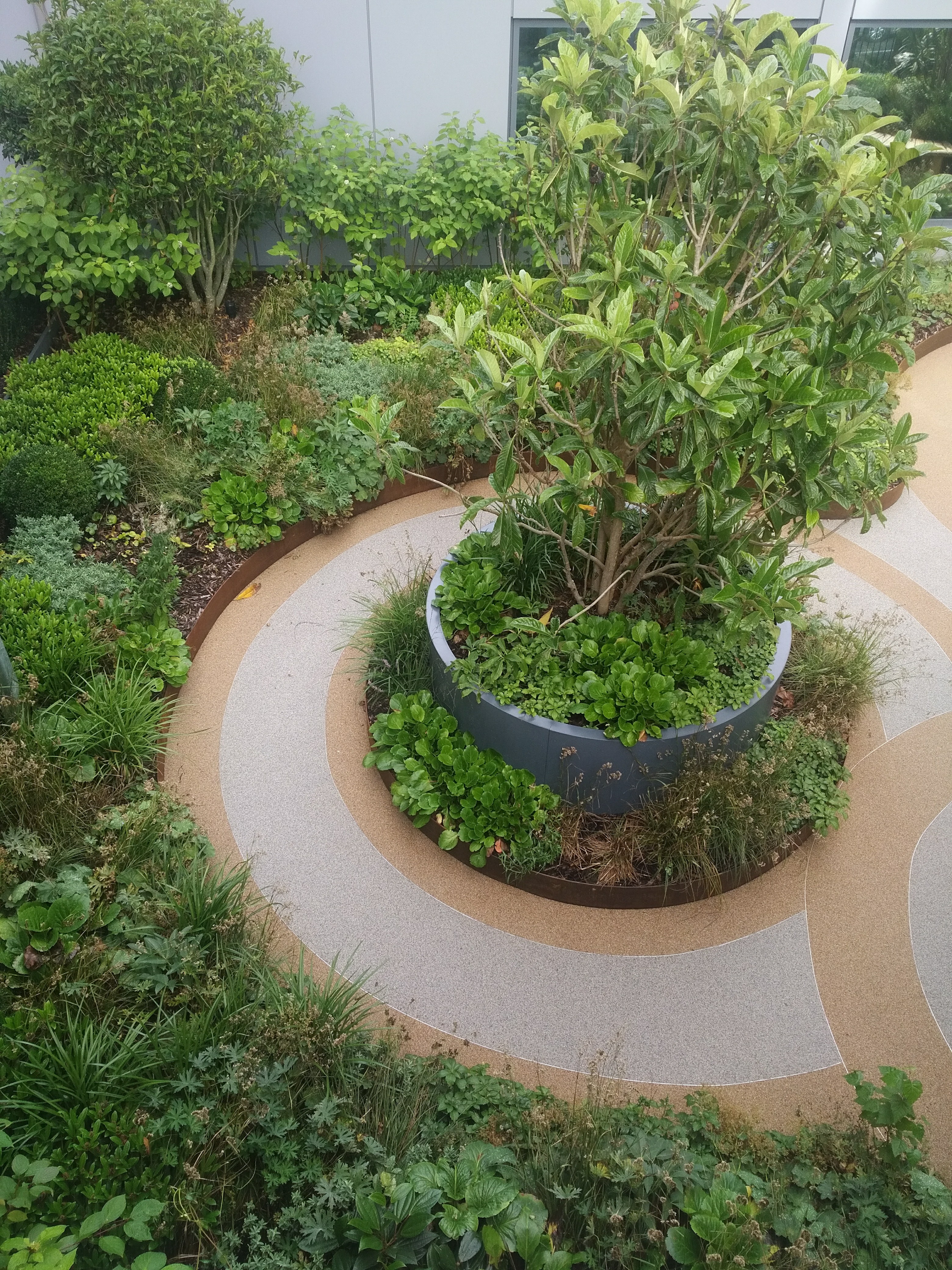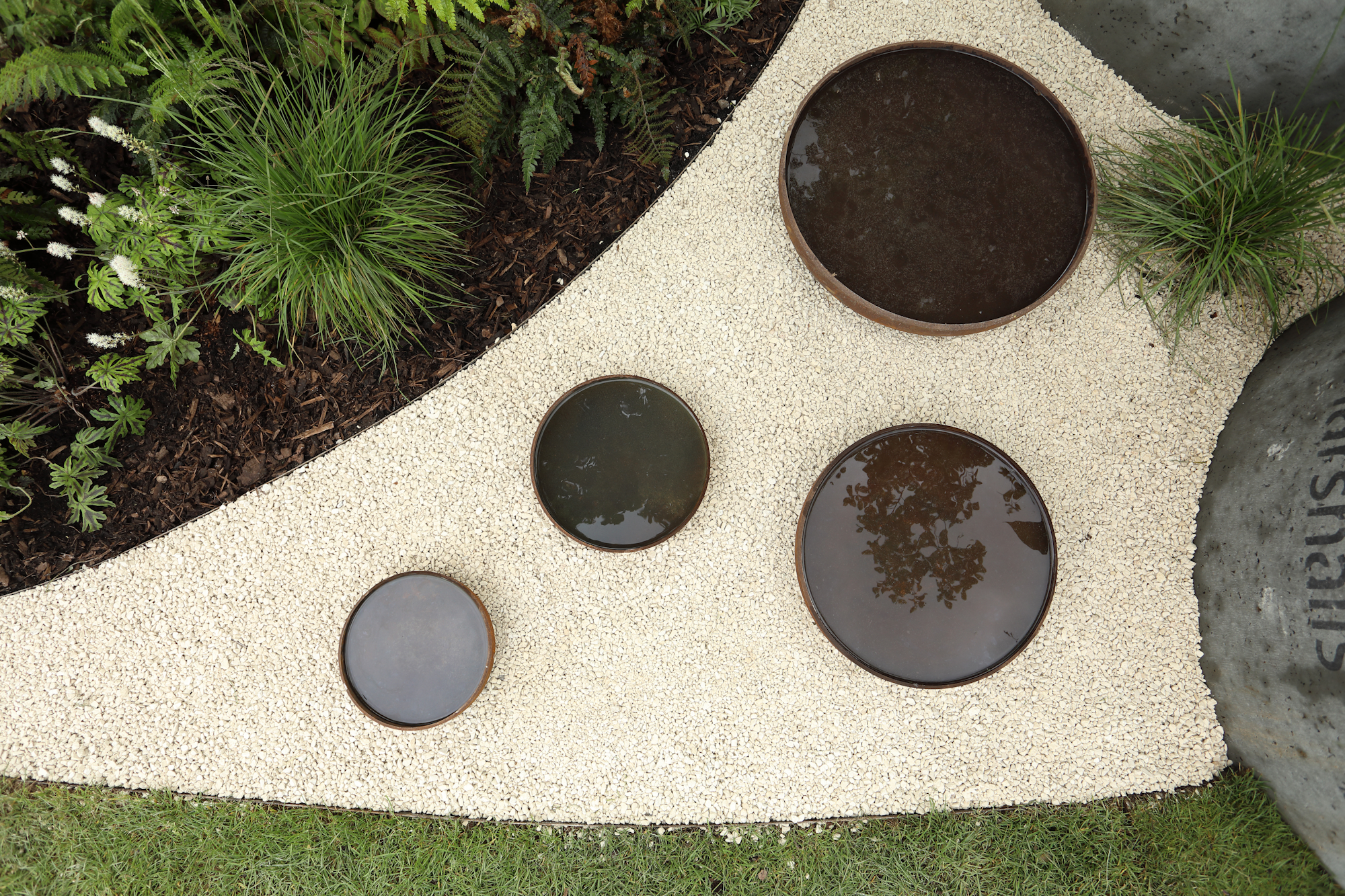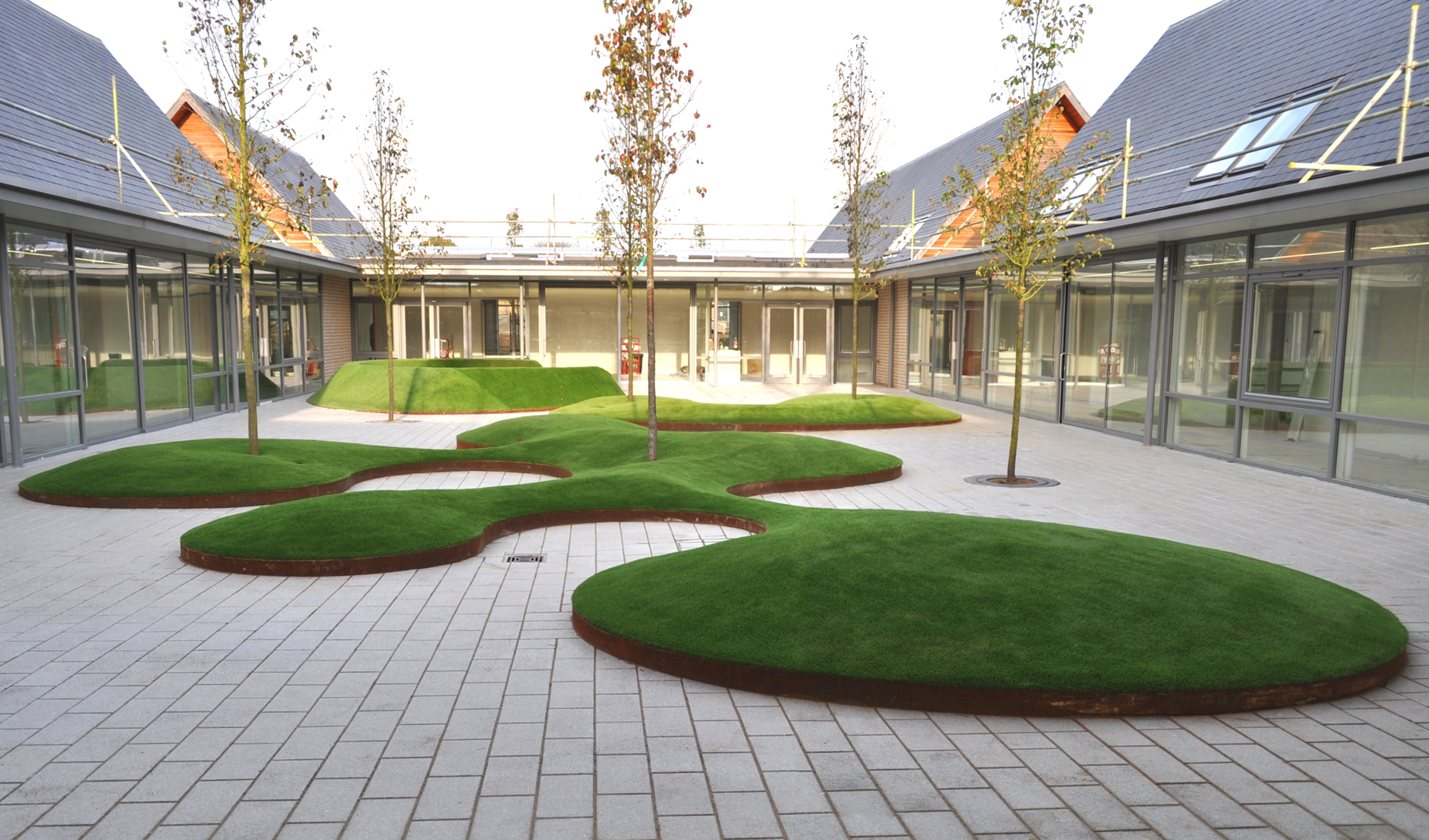Metal Edging Solutions from Kinley
Buy Metal Edging

In the realm of contemporary architecture, every detail counts. From the grand strokes of building facades to the subtle accents that tie a space together, architects and designers constantly seek innovative ways to elevate their creations.
One such element that has gained significant traction in recent years is metal edging. Often overlooked but immensely impactful, metal edging offers both aesthetic appeal and functional advantages, making it a favoured choice among modern architects.
Metal edging, whether in the form of sleek steel profiles or intricately designed aluminium trims, adds a touch of sophistication to any architectural project. Its clean lines and reflective surfaces create visual interest and define spaces with a contemporary flair.
Whether used as a subtle border for pathways or as a prominent feature outlining geometric shapes, metal edging brings a sense of refinement and precision to modern designs.

Beyond its visual appeal, metal edging serves practical purposes that contribute to the longevity and functionality of architectural projects. Here are some key advantages:


To inspire your design journey, here are some examples of how metal edging has been creatively integrated into modern architectural projects:

Metal edging can be used to frame and accentuate water features such as ponds, fountains, or water gardens, adding a contemporary touch and enhancing the visual impact of the landscape.
Metal edging can be used to construct raised beds for planting flowers, herbs, or vegetables, adding depth and dimension to the landscape while providing a sleek and modern aesthetic.
Metal edging can complement hardscape features such as patios, decks, or retaining walls, providing a clean transition between different materials and adding a finishing touch to the overall design.
Metal edging can be integrated with landscape lighting fixtures to illuminate pathways, garden borders, or outdoor living areas, creating a warm and inviting atmosphere after dark.
Metal edging can be creatively shaped and arranged to create sculptural elements or artistic focal points within the landscape, adding visual interest and personality to outdoor spaces.
Metal edging can help prevent soil erosion and retain mulch or gravel in sloped areas or garden beds, maintaining the integrity of the landscape and reducing maintenance requirements.
Metal edging can be used to add architectural detail to modern landscape designs, such as defining geometric shapes, creating linear patterns, or incorporating decorative motifs that reflect the overall design aesthetic.

As a leading UK designer, innovator, and manufacturer of steel and aluminium edging, we’re always happy to help. For more information on our complete line of products, inspiration for your future project and technical resources, get in touch with our team of expert advisors today.